Record on the Road Boston
Boston
February 19, 2025
MIT Media Lab
9:30 AM - 6 PM
Now SOLD OUT! Join the waiting list by clicking the button below.
Sustainability in Practice
Architectural Record, in collaboration with the Massachusetts Institute of Technology, invites you to join us for this special annual event. As the third conference in the series, it offers architects, allied design professionals, and students an unparalleled opportunity to connect in a relaxed atmosphere while learning about:
- Recycling building materials and circularity
- Innovative retrofit projects
- Urban regeneration
- Carbon impacts of landscapes
- Achieving net-zero carbon in buildings
This complimentary day-long event features multiple networking opportunities, thought-provoking discussions, and culminates with a cocktail reception to cap off the program.
Mark your calendar and join us for a transformative dialogue on design and sustainability.

Earn up to 5.25 AIA LU/HSW
Speakers
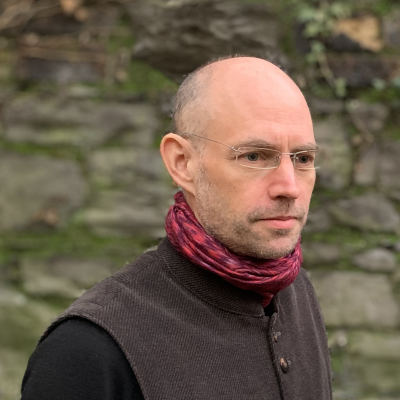
Merritt Bucholz and Karen McEvoy
Founding Directors
Bucholz McEvoy Architects

Merritt Bucholz and Karen McEvoy
Founding Directors
Bucholz McEvoy Architects
Merritt Bucholz, MRIAI, and Karen McEvoy, FRAI, co-founded Bucholz McEvoy Architects, in Dublin in 1996. The firm creates durable and climate-resilient architecture that is inherently oriented to enhancing human experience. Carefully crafted, site specific, optimizing natural daylight and ventilation, its architecture is fine-tuned to its use and its particular micro-climate. Its ethos is based on collaborative practice, embedding concepts of energy reduction, based on a careful analysis of use of space, and well-researched construction technology for each step of the design process, enablers in developing truly sustainable, beautiful and resilient designs.

Chris Hardy, PLA, ISA CA
Senior Associate
Sasaki

Chris Hardy, PLA, ISA CA
Senior Associate
Sasaki
Chris Hardy is a Senior Associate Landscape Architect and Arborist at Sasaki, based in Boston Massachusetts. Chris’s experience includes an array of projects around the world, ranging from master plans to complex, constructed urban landscapes. Chris focuses on the integration of ecology and culture, with a commitment to exemplary craft in the built environment. Chris has been the principal investigator for Sasaki’s landscape Carbon Conscience research team from 2019 to the present. This project includes building both landscape and architectural datasets and translating them into a free and accessible design application, providing carbon metrics for planning and urban design analysis. Chris serves as cochair of ASLA’s Climate Action Plan Carbon and Biodiversity Subcommittee. He has taught construction technology and recently co-authored ASLA’s guide to decarbonizing landscape specifications. Chris believes that every project is an opportunity to experiment, listen, and learn.
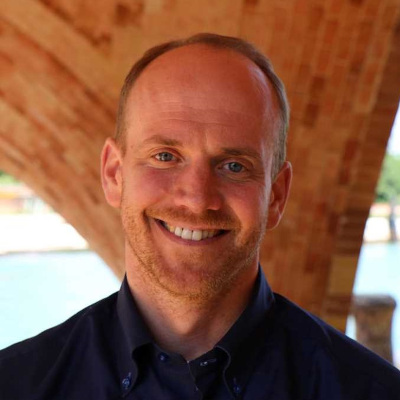
John Ochsendorf
Professor
Massachusetts Institute of Technology

Photo credit: Holcim Foundation
John Ochsendorf
Professor
Massachusetts Institute of Technology
John Ochsendorf is the Class of 1942 Professor at MIT known for creative research and design at the interface between engineering and architecture. His research interests include the safety of historic structures, form-finding of efficient shell structures, and the design of more sustainable buildings and infrastructure. John has uniquely combined his interests in engineering, archeology and architectural history to become a leading authority on ancient building structures as well as sustainable design. He is Founding Director of the newly established MIT Morningside Academy for Design and was Director of the American Academy in Rome from 2017 to 2020. Ochsendorf is the author of more than 100 technical papers and a book on the structural tile shells of the Guastavino family (Princeton Architectural Press, 2010). His work has been supported by a Fulbright Scholarship to Spain (2000), the Rome Prize (2007), and a MacArthur Fellowship (2008).
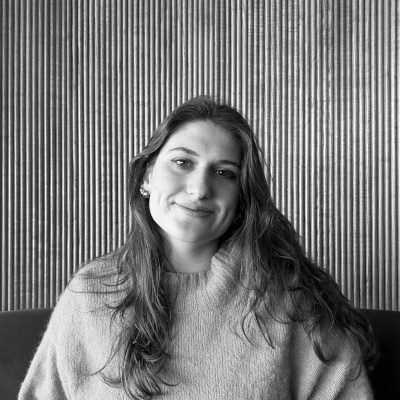
Juliana Berglund-Brown
PhD Researcher
Massachusetts Institute of Technology

Juliana Berglund-Brown
PhD researcher
Massachusetts Institute of Technology
Juliana Berglund-Brown (she/her) is a PhD researcher in Building Technology advised by Professor John Ochsendorf at Massachusetts Institute of Technology. Her research explores circular strategies to mitigate carbon emissions and new resource extraction in structural systems. She is focused on scaling the reuse of structural steel elements in buildings, through quantitative material, and carbon analyses, and close collaboration with the steel value chain. Currently, she is conducting work to better understand the end-of-life of buildings, building lifetimes, and obsolescence. Her work is supported by the USA EPA, as a part of the low carbon building materials grant program, and the NSF Graduate Research Fellowship Program. She currently holds a visiting research position in the Circular Economy for Architecture Group at ETH Zürich.
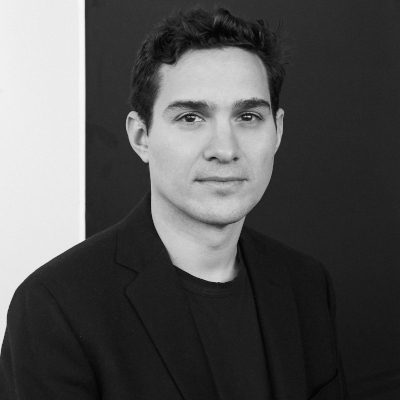
Ilias Papageorgiou
Founder
PILA

Ilias Papageorgiou
Founder
PILA
Ilias Papageorgiou is a Greek architect and the founder of PILA. He has extensive experience in designing and realizing cultural, commercial, and residential projects worldwide. His recently completed retrofit of the Piraeus Tower in Athens, the second tallest building in Greece, revives a structure that had been dormant since 1975. Before founding PILA, Ilias was a partner at SO-IL in New York.
His work has been widely published and exhibited at prominent institutions, including the Venice Architecture Biennale and the Museum of Modern Art (MoMA) in New York. Ilias is a frequent lecturer and panelist at leading design institutions, such as the University of Patras School of Architecture and Columbia University’s Graduate School of Architecture, Planning, and Preservation (GSAPP). He currently serves on the Board of Directors of the Athens Epidaurus Festival.
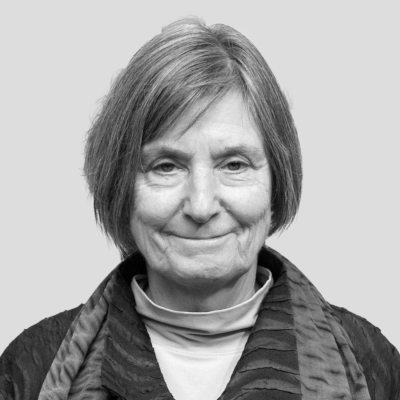
Anne Whiston Spirn
Professor of Landscape
Architecture and Planning, MIT

Anne Whiston Spirn
Professor of Landscape
Architecture and Planning, MIT
Anne Whiston Spirn is an award-winning author, landscape architect, photographer, teacher, and scholar. She is the Cecil and Ida Green Distinguished Professor of Landscape Architecture and Planning at MIT. Her previous academic appointments include chair of the Department of Landscape Architecture and Regional Planning at the University of Pennsylvania and director of the landscape architecture program at Harvard University. Since 1987, Spirn has directed the West Philadelphia Landscape Project, a program integrating research, teaching, and community service. Her work is devoted to promoting places that are functional, sustainable, meaningful, artful, and just.
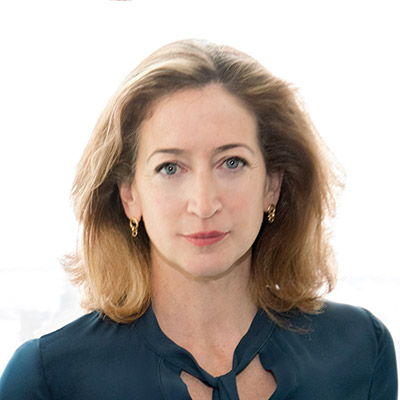
Josephine Minutillo
Editor in Chief
Architectural Record
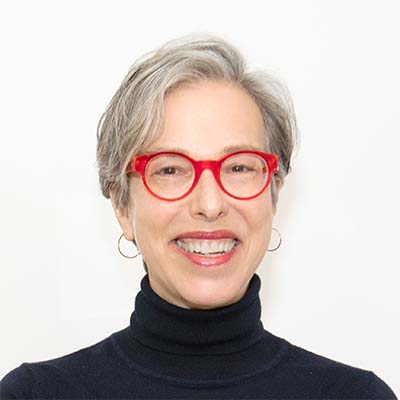
Joann Gonchar, FAIA
Deputy Editor
Architectural Record

Ellis Herman
Product Manager
Forma
Ellis is the product manager for Forma's embodied carbon analysis and has led the development of other sustainability-focused functionality in Forma. Ellis is passionate about using machine learning to make sustainability tools accessible to all designers and decision makers in the earliest, most impactful stages of design.
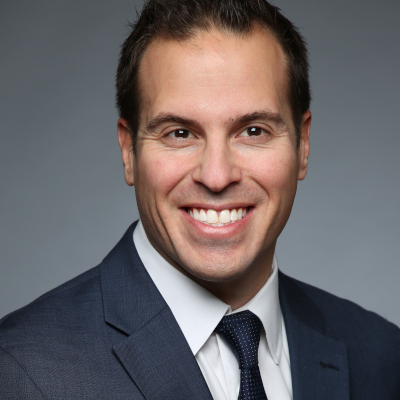
Brian Raff
Vice President
AISC
Brian Raff is Vice President of the American Institute of Steel Construction leading the association's efforts in Sustainability and Government Relations. Since 2005, Brian has led several key marketing and business development roles within AISC and the National Steel Bridge Alliance. In 2013, Brian left the Institute to serve as Marketing Director for one of North America's largest structural steel building and bridge fabricators before returning to AISC in 2017 to lead AISC's marketing communications and government affairs efforts. Mr. Raff graduated from Penn State University with a Bachelor of Architectural Engineering degree and received his MBA from DePaul University in Chicago, focusing on economic business strategy.
Agenda
9:55 AM
Registration Check-In
10:00 AM
Welcome & Opening Remarks
11:00 AM
Tech-Driven Sustainability: Empowering Architects to Design for a Resilient Future
Ellis Herman, Principal Product Manager, Autodesk
Giuseppe Ardito, Senior Product Owner, Autodesk
Achieving zero carbon emissions in the built environment is a challenge, but architects and designers can lead the way—if we have the right tools. In this session, we’ll explore how innovative workflows enable architects to reduce carbon from the outset of every project by managing both operational and embodied carbon in real time. We’ll discuss why early carbon analysis is essential, and how democratizing access to this data empowers all design professionals to make impactful, informed decisions. With the right tools, we can accelerate the transition to carbon-neutral buildings. This hands-on session will provide practical applications you can implement immediately and will foster a lively discussion on the collaborative, iterative process of decarbonization. Whether you’re an architect, educator, or student, this session will offer valuable insights into the future of sustainable design.
Sponsored by: 
11:30 AM
Permasteelisa: Pioneering Low Carbon Facades - Permasteelisa Group Path to Zero
Andrea Zani, Innovation Manager & Sustainability Lead, PermasteelisaAnna Foden, Head of Sustainability, Permasteelisa
Permasteelisa Group, a leading global contractor in advanced facade systems, is at the forefront of sustainable innovation in construction. This presentation explores Permasteelisa’s strategic commitment to achieving carbon neutrality, highlighting its pioneering low-carbon facade solutions. The discussion will showcase the group's approach to sustainability, its use of Life Cycle Assessment (LCA) to measure and minimize environmental impact, and its innovative strategies for designing and constructing low-carbon curtain walls. Through cutting-edge technology, advanced materials, and collaborative design methodologies, Permasteelisa is setting the benchmark for environmentally responsible facade systems.
Sponsored by: 
12:00 PM
Lunch Break
1:00 PM
Lunch & Learn: Embodied Carbon and the Envelope
Andy McIntyre, Regional Sales Manager, Kingspan
In the fight against climate change, efforts intensify against the planet’s number one enemy—carbon dioxide. The building industry will play a significant role in these efforts. Embodied carbon—the global greenhouse gas emissions generated from sourcing raw material and processing, manufacturing, transporting, and installing building materials—will be the target over the next decade. This course will define embodied carbon, its impact on greenhouse gas emissions, the construction industry's impact, and the methods and tools that building designers can employ to limit embodied carbon.
Sponsored by: 
1:20 PM
Networking Break
1:30 PM
Afternoon Welcome
Josephine Minutillo, Editor in Chief, Architectural Record
Nicholas de Monchaux, Professor and Head of Architecture, MIT
2:00 PM
The Rebirth of Piraeus Tower
Ilias Papageorgiou, Founder, PILA
Abandoned for 50 years, Piraeus Tower—the second tallest building in Greece—has been transformed into a new landmark at the Port of Piraeus, embracing sustainable strategies and circular economy principles.
2:45 PM
Designing for Circularity
John Ochsendorf, Professor, MIT
Juliana Berglund-Brown, PhD Researcher, MIT
Recent research at MIT has developed radically lower carbon structures by questioning basic assumptions about material sources and uses. Several projects will demonstrate how creative design teams can deploy material circularity in construction today.
3:00 PM
Sustainability Myths and Realities of Structual Steel
Brian Raff, Vice President of Sustainability & Government Relations, American Institute of Steel Construction
This presentation dispels common myths about the environmental sustainability of the U.S. structural steel industry. It explains the two primary methods of steel production (BOF and EAF) and their environmental impacts, focusing on the benefits of the EAF process which uses recycled steel scrap as its primary input. The presentation also details how the industry uses Environmental Product Declarations (EPDs) to transparently report the environmental impact of its products. It also compares the carbon emissions of the U.S. steel industry to other countries and industries, highlighting its relatively low emissions. Finally, the presentation emphasizes the recyclability of steel and its minimal contribution to landfill waste.
Sponsored by: 
3:25 PM
Networking Break
4:25 PM
The Nature of Cities: Ecology, Culture and Carbon
Moderator: Joann Gonchar, FAIA, Deputy Editor, Architectural Record
Anne Whiston Spirn, Cecil and Ida Green Professor of Landscape Architecture and Planning, MIT
Chris Hardy, Senior Associate, Sasaki
This panel will explore the role of landscape architecture in urban settings and its potential to heal ecosystems, sequester carbon, and create more equitable and just communities.
5:10 PM
Crafting Breathing Architecture
Merritt Bucholz and Karen McEvoy, Founding Directors, Bucholz McEvoy ArchitectsDublin-based Bucholz McEvoy Architects will discuss their work in climate attuned architecture and the evolution of the work over time through a series of civic projects.
6:00 PM
Reception
Location

MIT Media Lab
Massachusetts Institute of Technology
75 Amherst St.
Cambridge MA 02139
Moderators
 Josephine Minutillo
Josephine Minutillo
Editor in Chief
Architectural Record
Josephine Minutillo is the editor in chief of Architectural Record. Trained as an architect, she began writing for RECORD in 2001 while practicing architecture, and has held several positions at the magazine over the past two decades. Her articles have appeared in many international publications.
 Joann Gonchar, FAIA
Joann Gonchar, FAIA
Deputy Editor
Architectural Record
Joann Gonchar, FAIA, is deputy editor at Architectural Record. She joined RECORD in 2006, after working for eight years at its sister publication, Engineering News-Record. Before starting her career as a journalist, Joann worked for several architecture firms and spent three years in Kobe, Japan, with the firm Team Zoo, Atelier Iruka. She earned a Master of Architecture degree from the University of Pennsylvania and a Bachelor of Arts from Brown University. She is licensed to practice architecture in New York State.







